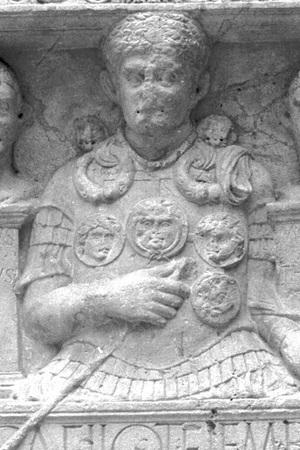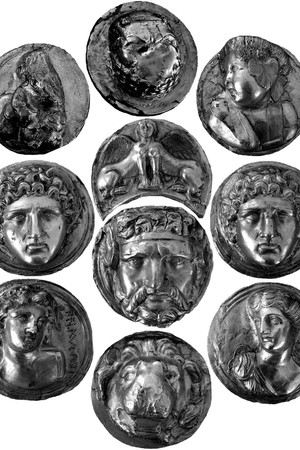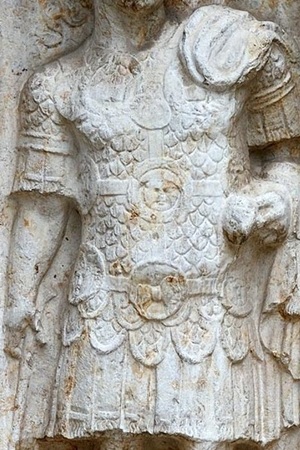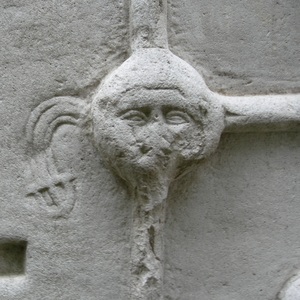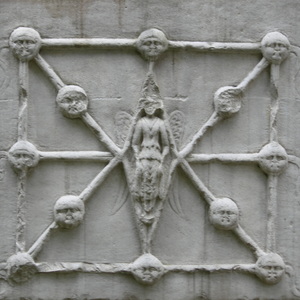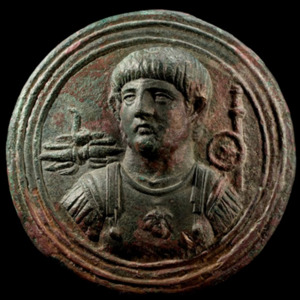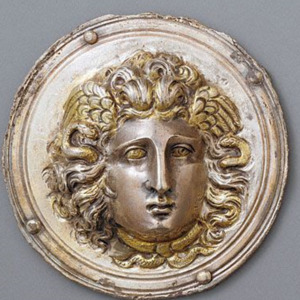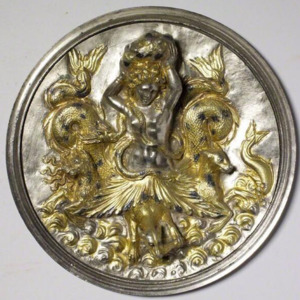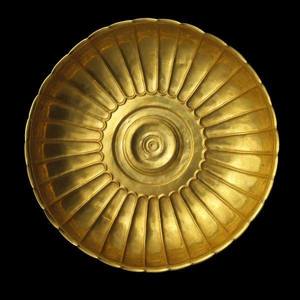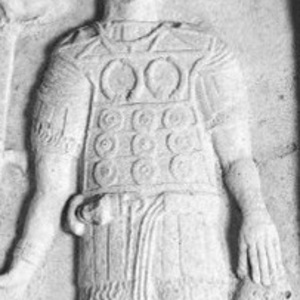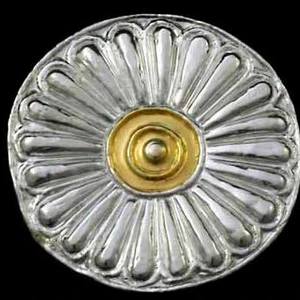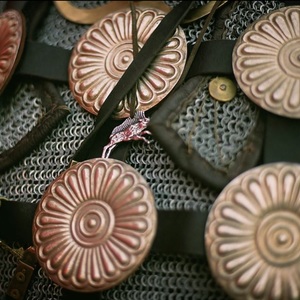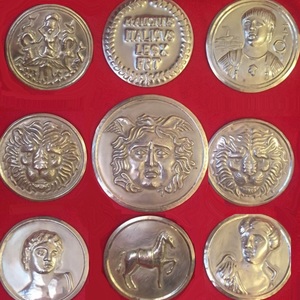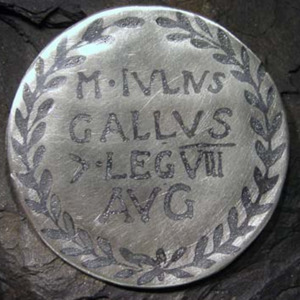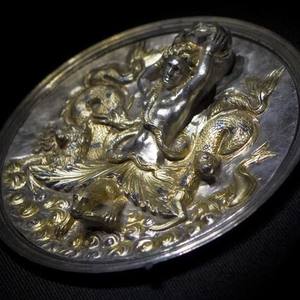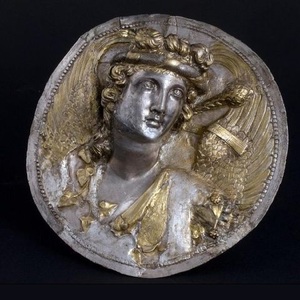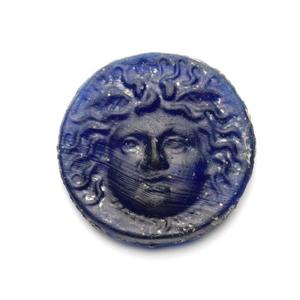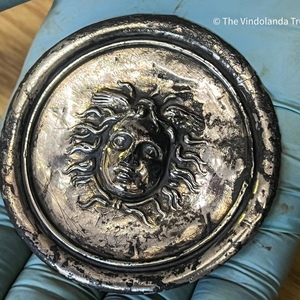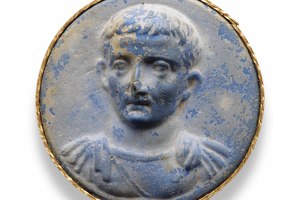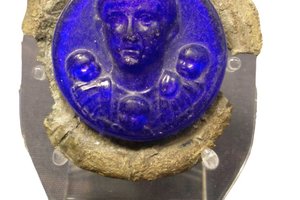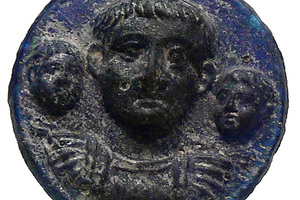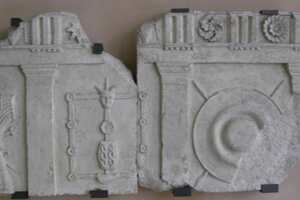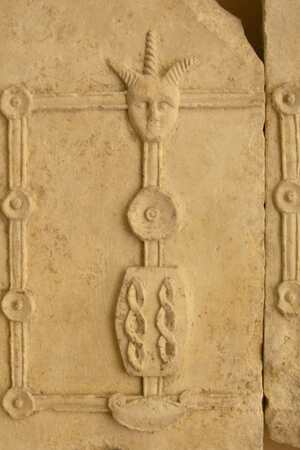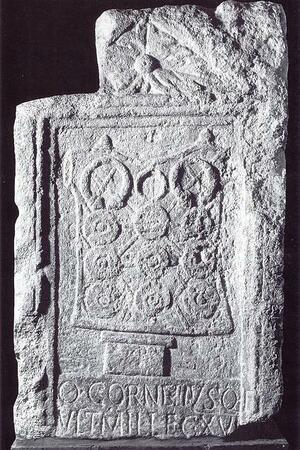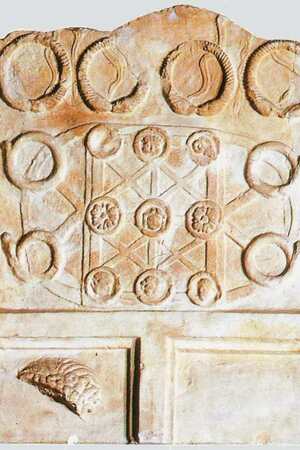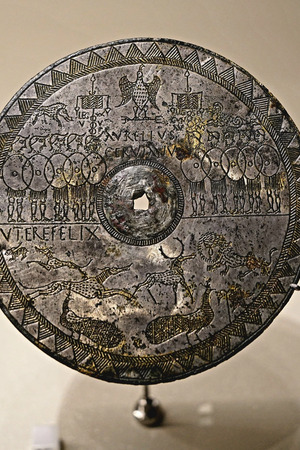Phalerae
Phalerae were a type of distinctive military decoration in the Roman army. Centurions and standard-bearers wore them on their chests, and they also adorned the harnesses of horses. Phalerae were round or elliptical metal discs with a diameter ranging from 5 to 10 cm.
Unlike modern individual orders, Roman phalerae were a set of medallions awarded for acts of valor upon achieving the rank of centurion or standard-bearer. It's worth noting that according to archaeological sources, phalerae were not obligatory equipment for centurions but rather a special insignia. They were made of precious metals, most commonly gold, silver, or bronze, and intricately decorated with embossed designs. There is also a rare type of phalerae with glass inserts. The Latin word for phalerae gave rise to the term "phaleristics," the science of orders and decorations. Armillae (armbands) could also be attached to the phalerae as additional adornments.
Phalerae have ancient Greek origins. In ancient Greece, the word "phalaron" (Ancient Greek: φάλαρον) originally referred to a shiny metal plate that adorned armor, helmets, or horse harnesses. Depictions of horses harnessed with phalerae can be found on many ancient Greek vases.
The Etruscans adopted the tradition of wearing "phalar" from Greek colonists on the Apennine Peninsula and used them as medals. In the 4th century BCE, the Romans adopted them from the Etruscans and they became a symbol of military rank.
Archaeological and iconographic findings confirm the widespread use of this type of decoration not only among Roman soldiers but also among the Ugric people, Sarmatians, and Persians during the Sassanian dynasty.
Centurion Phalerae
Images of centurions with phalerae are the most commonly encountered. Centurion phalerae could be simple round discs without any designs or could feature intricate scenes depicting myths, individual gods, emperors, or animals. According to reliefs, phalerae were issued in sets of 3, 5, 7, 9, or 10 pieces. In Germany, archaeologists discovered a complete set of 10 centurion phalerae, one of which has the shape of a crescent moon. It was found in Lauer's Fort and dates back to the 1st century CE. These phalerae depict gods and lions, which were symbols of courage and power.
Medusa's head was often embossed on phalerae as it was believed to offer protection to the wearer. Other common depictions include mythological creatures, such as Sphinxes, and gods like Mars, Minerva, and Jupiter. Phalerae were attached to leather straps that were tied at the back. It is most likely that the straps were fastened with buckles, which can be clearly seen on phalerae featuring Victoria (Victory).
A considerable number (over 70) of glass phalerae, usually made of dark blue glass, have also been found. Some historians and archaeologists do not consider these items to be phalerae. They typically feature human heads, mostly male, often accompanied by children. It is believed that these may depict emperors from the Julio-Claudian dynasty and their sons, as well as their wives. Metal phalerae are usually discovered in sets of several pieces, while glass phalerae are rarer and are more commonly found individually.
Standard-bearer Phalerae
Unlike centurions, phalerae were less common among standard-bearers and had a simpler design. They were usually round discs with simple geometric patterns. They were also worn in sets, sometimes accompanied by armillae. Phalerae on aquilifers (eagle-bearers) are most frequently depicted in reliefs.
Reenactment
For reenactment purposes, it is advisable to choose embossed phalerae rather than cast ones, based on archaeological findings. Brass alloys with silver or gold plating can be used, along with a leather base for attaching the phalerae.
Related topics
Centurion, Legion's standard-bearer group, Aquilifer

 Gallery
Gallery






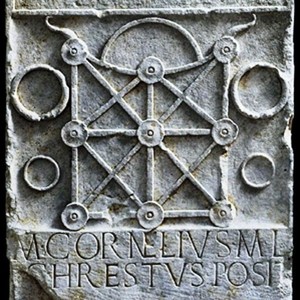 Stele to the centurion of the Seventh Legion with the phalerae depicted. Found in Dalmatia (Da Tilurium Dalmatia). 42 BC
Stele to the centurion of the Seventh Legion with the phalerae depicted. Found in Dalmatia (Da Tilurium Dalmatia). 42 BC